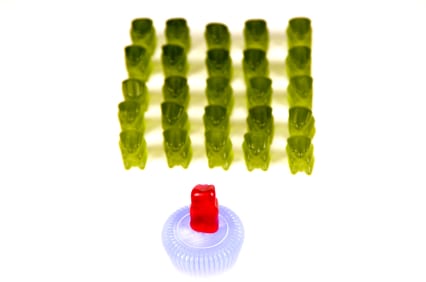October 23, 2013 – by Peter B. Counter
The European Union has been funding the Tabula Rasa consortium over the past three years in an attempt to evaluate a wide range of biometric technologies versus the popular threat of spoofing. Twelve different organizations, including Morpho (Safran) have come together under Tabula Rasa, attempting to fool various authentication software in interesting, creative and sometimes downright MacGyver-esque ways.
Now that biometric solutions are finding themselves in the hands of general consumers, with fingerprint sensors protecting smartphones and face and voice recognition also becomes more pervasive, understanding how well these solutions handle break-in attempts is the first step in being able to provide better security. Tabula Rasa put biometrics through its paces during the years of research, holding the “Spoofing Challenge” that brought participants from around the globe to play the part of cyber-criminal and come up with elaborate attack plans.
So what succeeded? According to Tabula Rasa Consortium, the classic “gummy bear attack” that utilizes a lifted print and candy, fooled a fingerprint sensor. Photos and masks spoofed face recognition systems. Even makeup was employed to bypass a 2D face recognition solution, giving struggling visual effects artists potential careers in specialized cybercrime.

As fun as this sounds, Tabula Rasa has been successful in creating an extensive list of “liveness” traits, like blinking, that will aid biometric technology developers spoof-proof their algorithms and sensors. The results of the research project, thanks to the the EU’s €4.4 million investment, is expected to create jobs for Europeans in addition to improving what have been proven to be the most viable and efficient security solutions available.
With physical mCommerce on the verge of mainstream adoption, the majority of industry experts saying that over 50 percent of Americans will be using smartphones as an in-store payment method near the year 2020, initiatives like this are a necessary step in making sure that the more convenient way to pay remains the most secure.


Follow Us